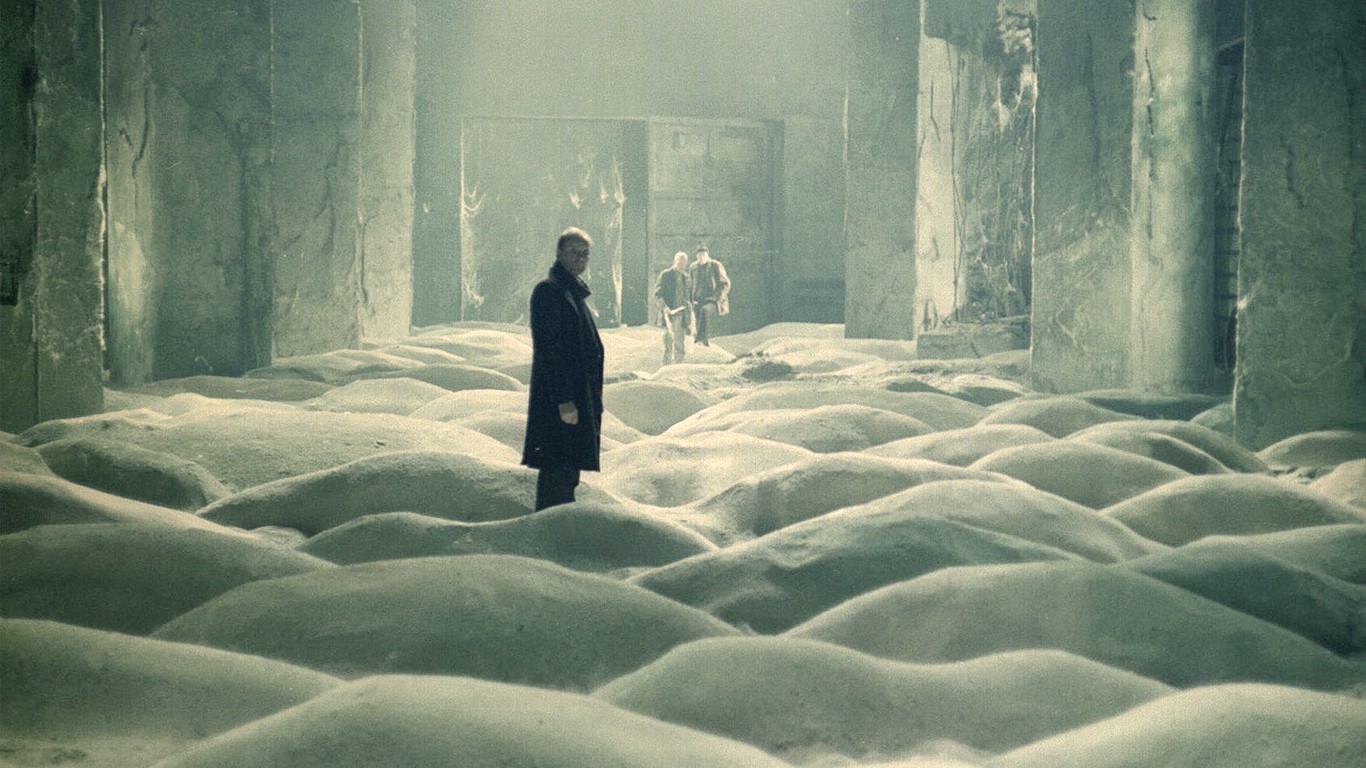Cover image
“It’s 2020 and Cyberpunk is still going strong,” confirms Kate. “Personally I’m looking forward to playing the upcoming video game Cyberpunk 2077. The retro future aesthetic is everything I wished for and more https://busan-thai.com/gwangalli-business-trip-massage/.”
First, for obvious reasons, you need to pick the decade that you wish your viewers to reminisce about through the use of retro in design. But it is not that simple. There are tons of options to select from, and it is easy to get confused when picking a decade to ruminate. Sometimes, the 20’s design looks like a 30’s design, and certain elements that were popular or common in the 60’s might be echoed in the 80’s or 90’s. Design comes from design; inspiration begets inspiration.
Believe it or not, anything we call ‘retro’ or ‘vintage’ has an undefinable charm, be it an old cuckoo clock, Mercedes-Benz 280 SL, 50s Polka Dot Dress, or Gramophone. Digital arts are no exception, especially graphic design. Let’s gain insight into retro design and the best ways to incorporate retroism in your own design.
Cinematic artwork
Hopper’s work is distinguished by its emphasis on mood and atmosphere, often achieved through the strategic use of lighting and perspective. His compositions tend to focus on solitary figures or small groups in urban or rural settings, capturing the essence of isolation and introspection. The framing of his scenes often mimics that of a movie shot, with a keen eye for perspective and depth that guides the viewer’s gaze and creates a sense of three-dimensionality.
Paintings in films do not just allow a creative interjection but execute a dialogue between two art forms. This exploration is not just an experimental activity for the filmmaker but an intellectual activity for the audience that brings out the implicit nuances and additional meanings in all their multiplicities. There are multiple other instances of references or reflections of paintings in films, with new instances being discovered every day. Here are ten other notable examples:
Exploring paintings with cinematic qualities can be a rewarding experience, offering a new perspective on how visual narratives can be constructed and understood. By seeking out works that incorporate these techniques, viewers can gain a greater appreciation for the innovative ways artists blend the worlds of film and painting. Whether visiting galleries, attending exhibitions, or exploring online resources, there are countless opportunities to discover and enjoy these narrative-driven compositions.
Woody Allen’s Midnight in Paris provides a much more obvious example. The entirety of the movie revolves around art, its masters and influence across time. Faced with characters such as Pablo Picasso and Salvador Dali, it is no surprise when we see their works appear on the screen.
However, before the film becomes the artistic past we believed to be lost forever, art has already made its way into the plot. As Gil and Inez, our main characters, roam around Paris, they inevitably stop by the Musée Rodin. Known for its outdoor sculptures, the museum provides an interesting backdrop for an intellectual dispute over Rodin’s life story. As the conversation takes greater proportions, we come to recognize that the experience of viewing art needn’t always be informed by biographical details. Most of the time, masterpieces such as The Thinker can stand on their own, only heightened by the additional information of their origin.

Theatrical artwork
It was in a bid to capture these celebrities at work that a new artistic genre took off: the theatrical painting. A fine early example is William Hogarth’s 1745 picture of Garrick as Shakespeare’s Richard III (above), the role with which the actor made his name. He is seen in his tent on the eve of the Battle of Bosworth, having woken from a dream in which he is rebuked by the ghosts of his murder victims.
Playing on the notion of adventure and curiosity, David Teniers the Younger’s A Guard Room inspires a sense of innocence in its viewer while creating tension within its “stage” of events. The piece depicts a child exploring a guard house, very likely outside of adult supervision. The décor of the armor suggests it is used for military ceremonial purposes, further increasing both the playfulness and impending consequence of the boy’s presence. The theatrical nature of this piece plays on the actions of its subjects combined with a stage setting very suitable for mischief. Dynamic shadows are used to create a depth in the piece, furthering the sense of space in the manner that a theater stage is laid out. Certain portions are hidden from the viewer for the purposes of the subject. Just as a director would in a production, Teniers only shows you what you need to see to understand what is happening in the piece. Though more elaborate than some of the other examples, even the wide shot of the guardhouse can be thought of as being somewhat conservative, playing on the unknown to further the sense of mischievous adventure.
Her focal points of interest in art history encompass profiling specific artists and art movements, as it is these areas where she is able to really dig deep into the rich narrative of the art world. Additionally, she particularly enjoys exploring the different artistic styles of the 20th century, as well as the important impact that female artists have had on the development of art history.
Theater as an art form has evolved over millennia, with its earliest roots traceable back to ancient Greek festivals such as Dionysia, where tragedy, comedy, and the satyr play emerged. Influential Greek dramatists like Aeschylus, Sophocles, and Euripides laid the groundwork for Western drama in the city-state of Athens. This classical form later found new expression through the works of William Shakespeare, most notably in plays like Hamlet.